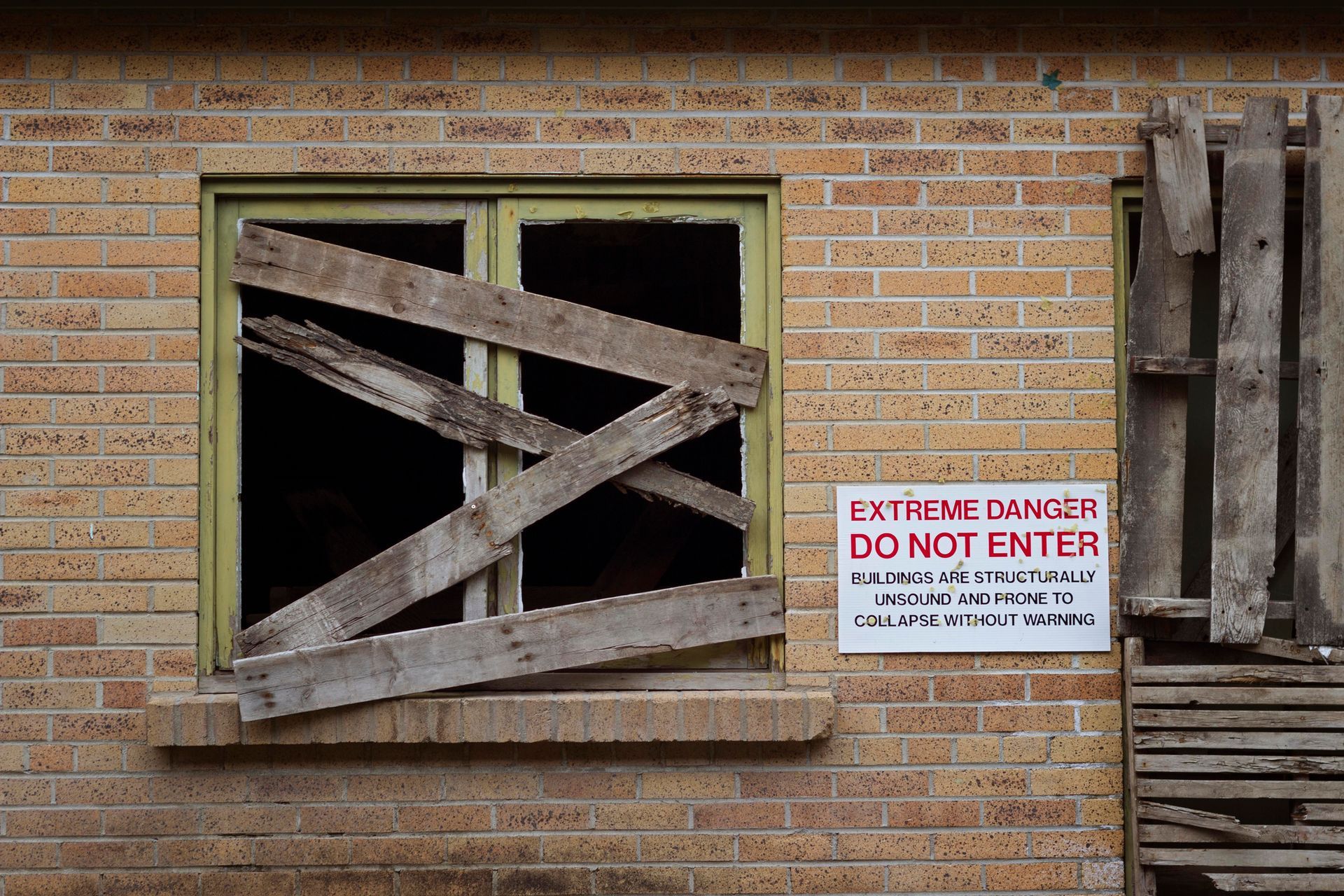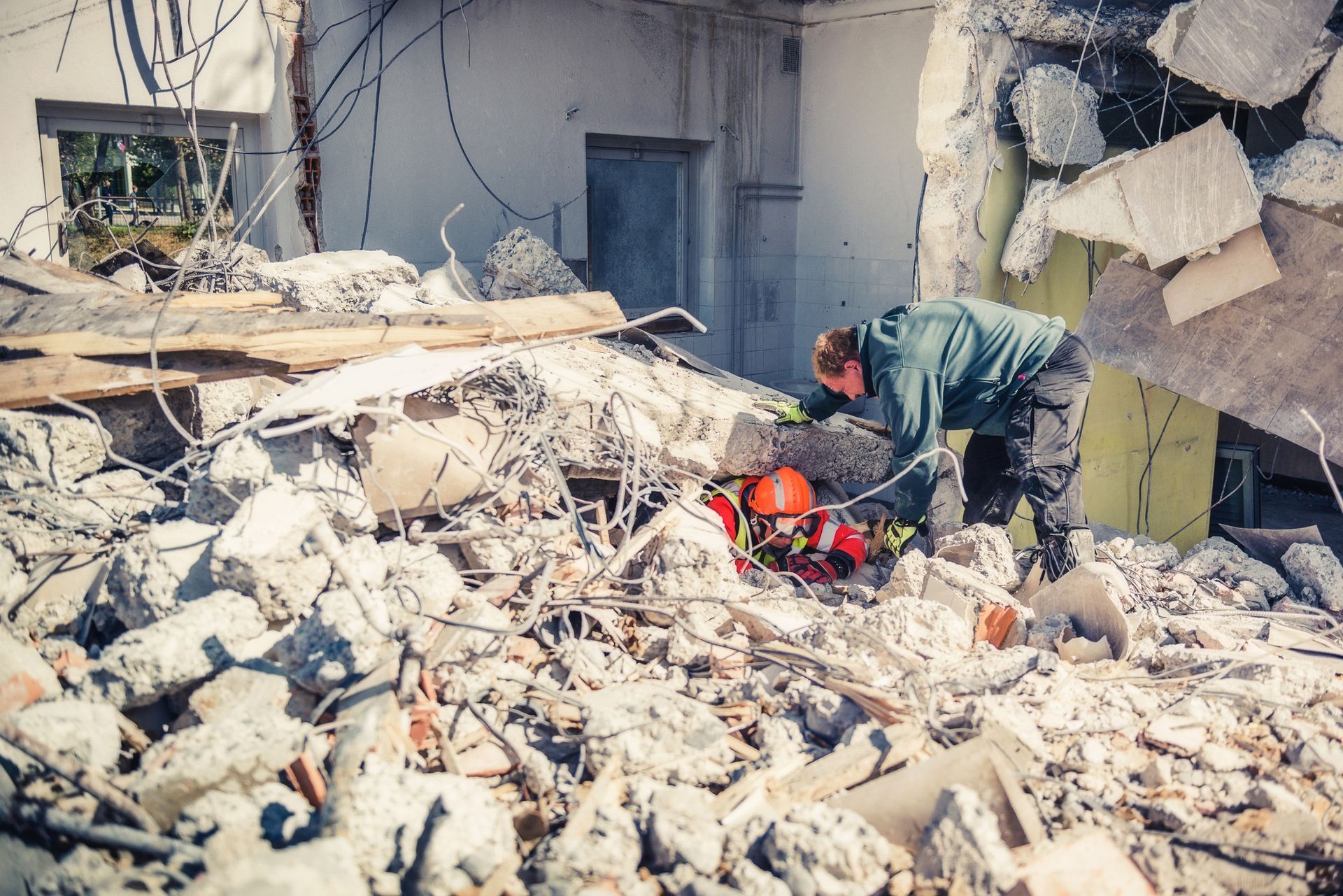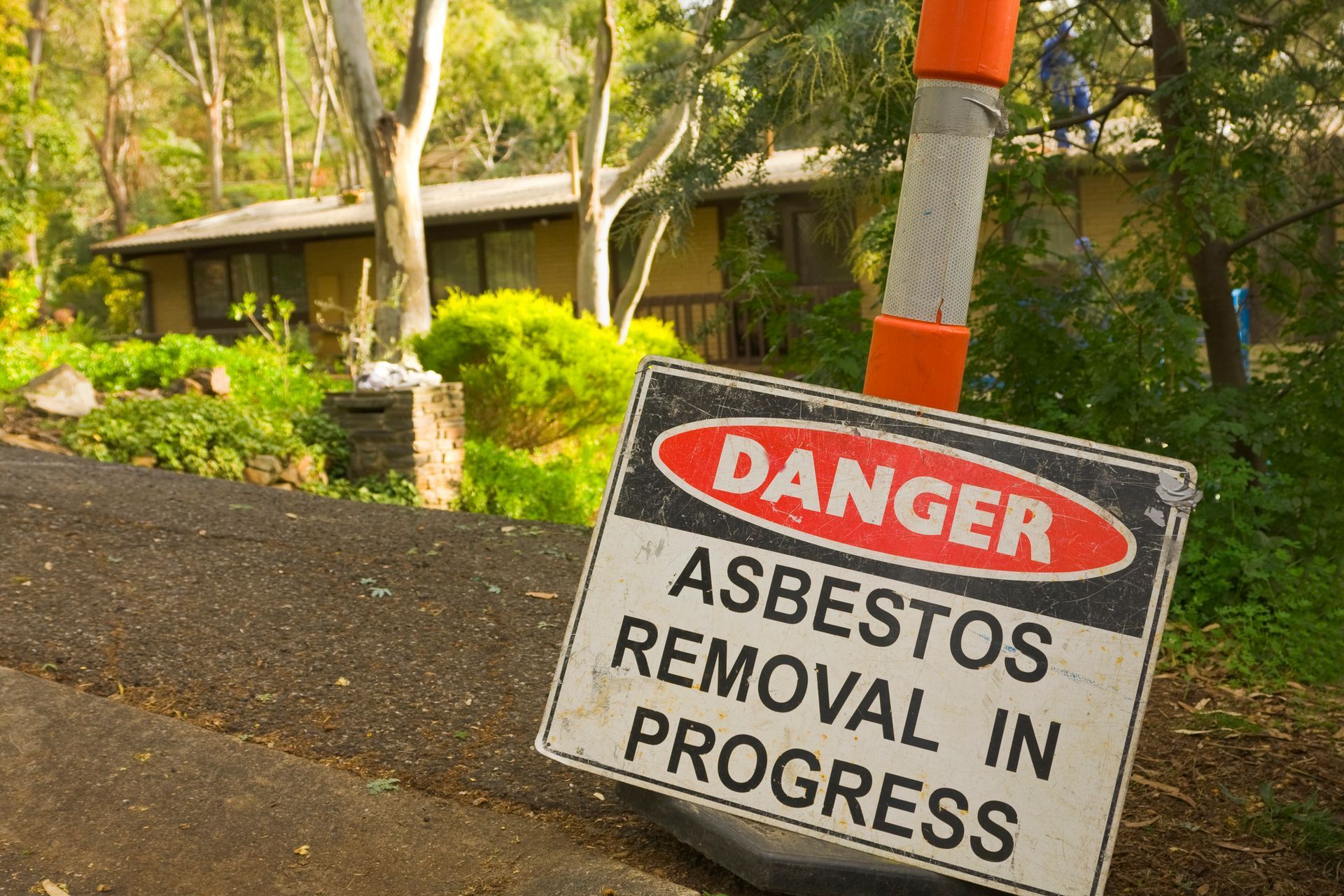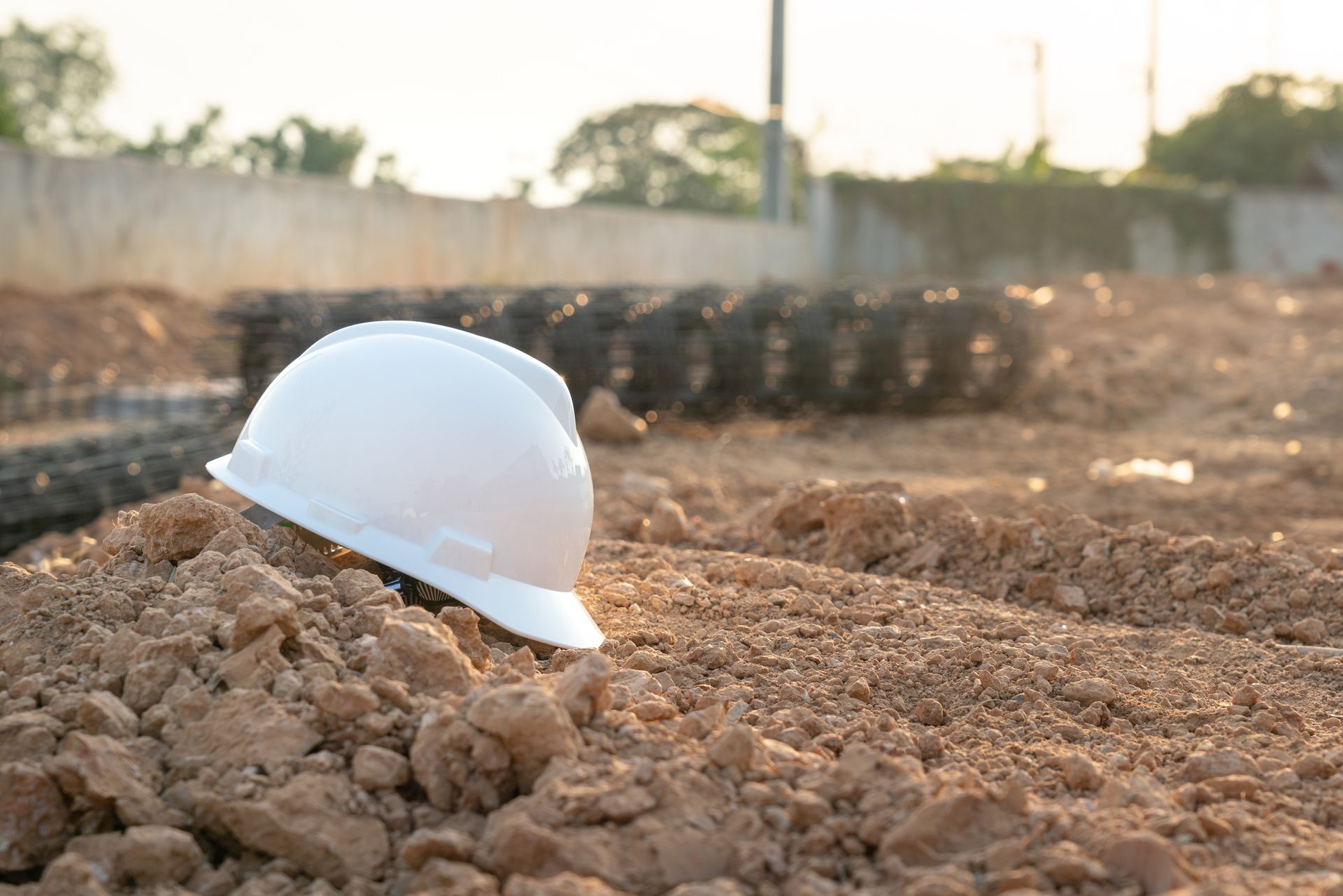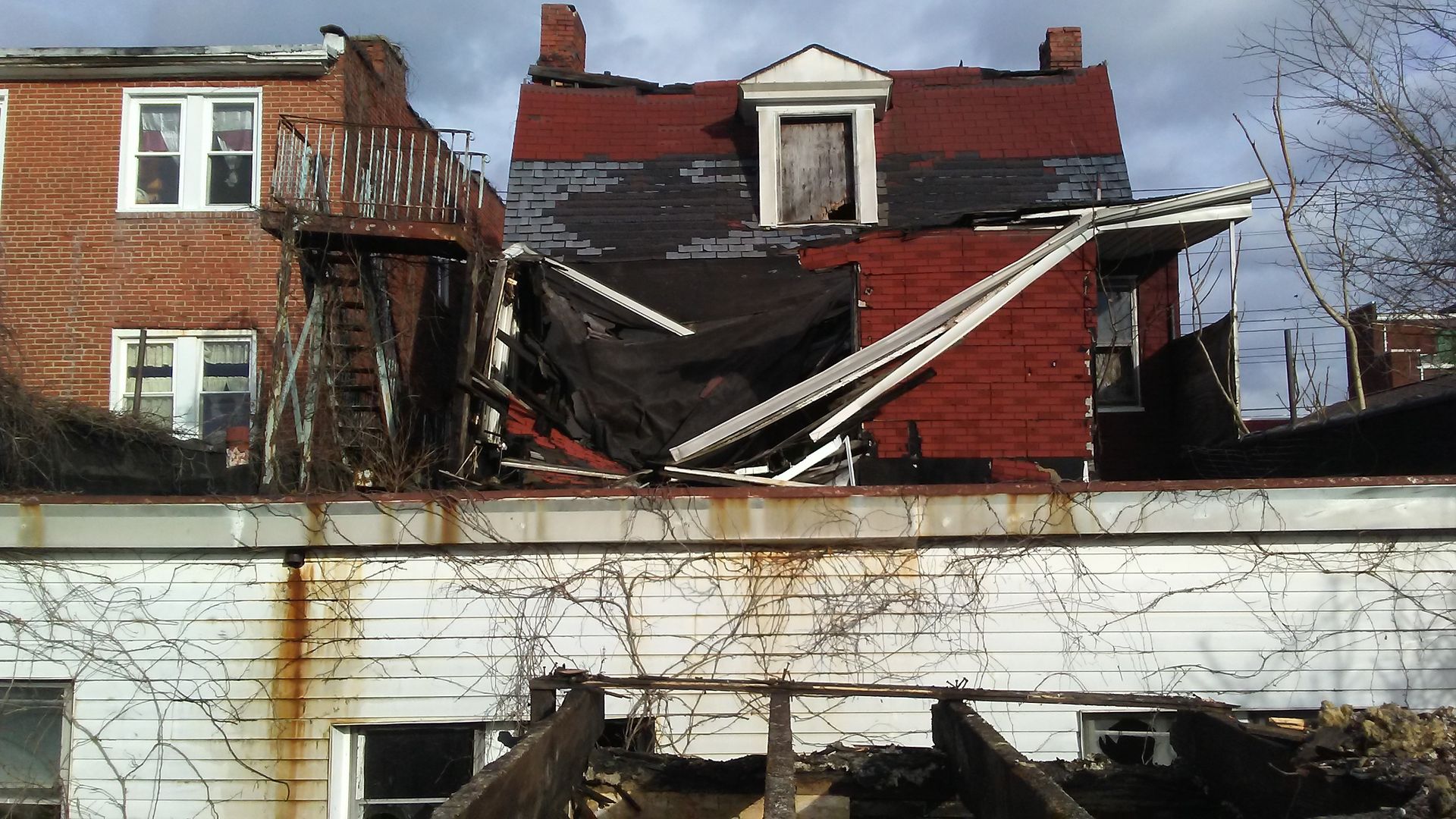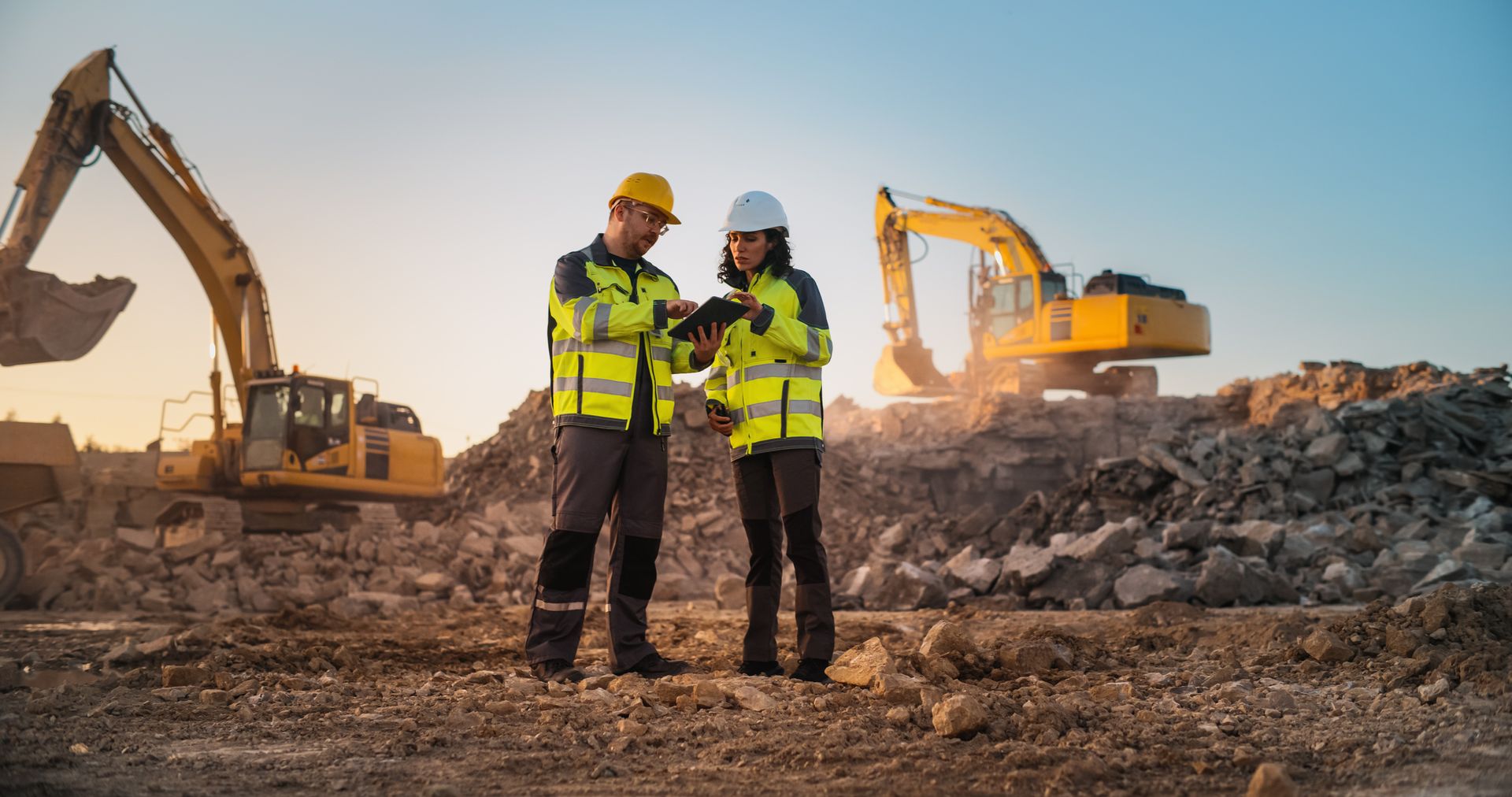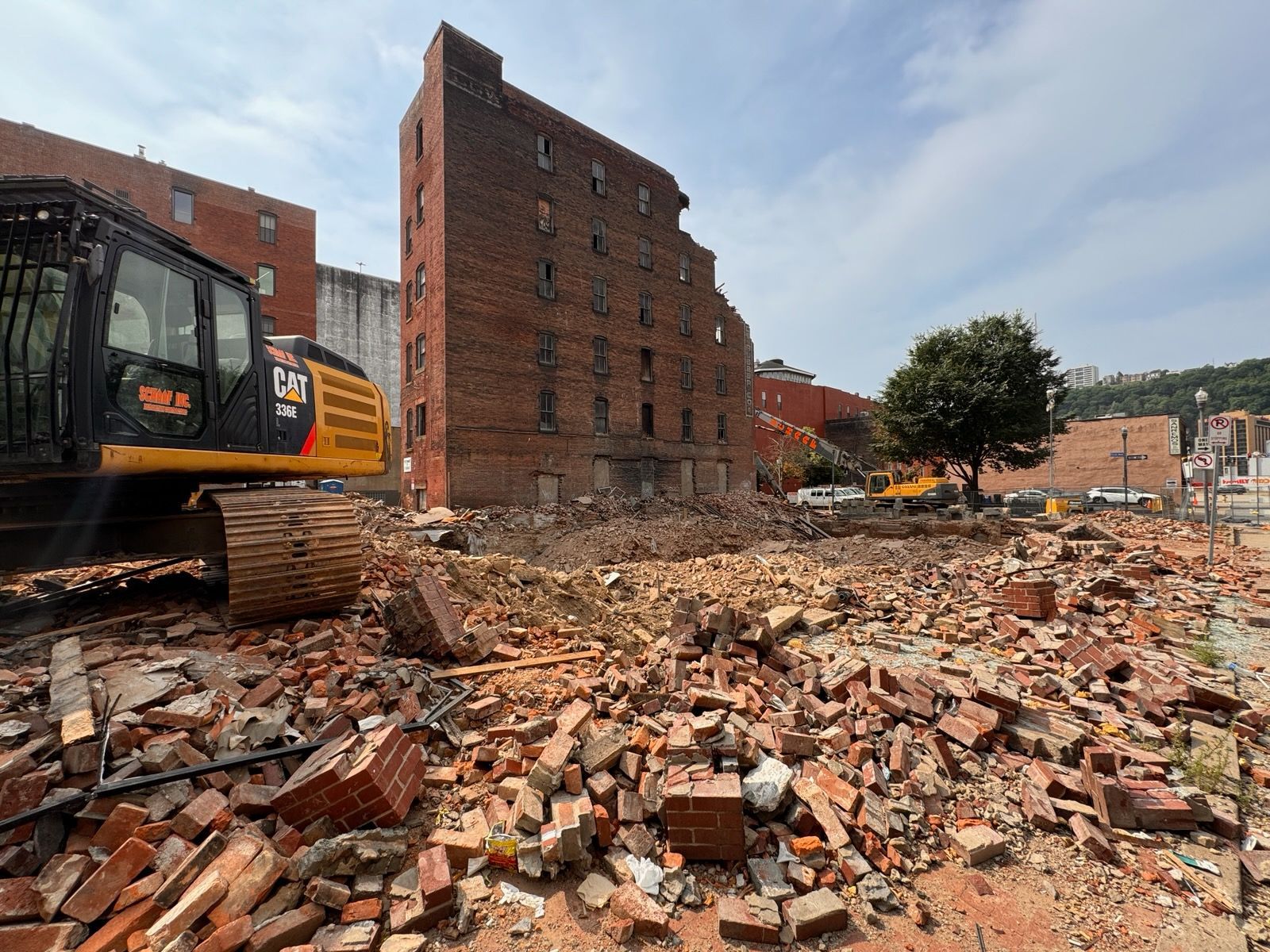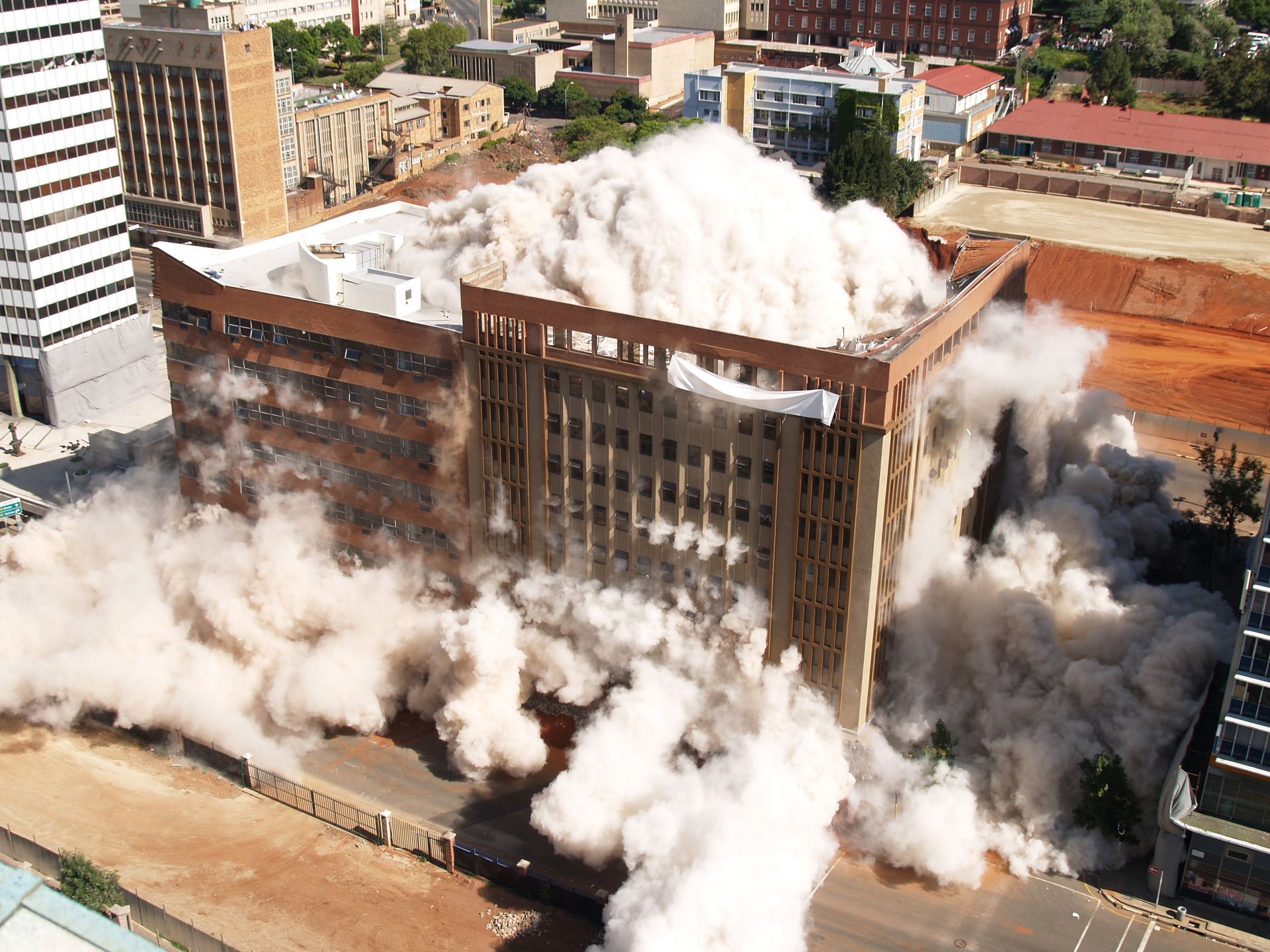Complete Guide to Demolition of Neglected Properties
Neglected properties are a widespread issue affecting many communities across the globe. Abandoned and derelict buildings not only pose safety hazards but also contribute to the decline of property values in their surrounding areas. Recognizing the importance of addressing this problem, an increasing number of municipalities and residents are looking towards demolition as a viable solution to revitalize neighborhoods and enhance the safety and aesthetics of their communities when revitalizing the structure is deemed out of the question.
Why is the Demolition of Neglected Properties Important?
The presence of neglected properties in a community can lead to numerous problems, ranging from public health risks due to potential harborage of pests and vermin to increased crime rates as these buildings often become hotspots for illicit activities. Additionally, they can be an eyesore, significantly diminishing the appeal of a neighborhood and discouraging investment.
Demolition of such properties, therefore, plays a critical role in not only eliminating these hazards but also in laying the groundwork for future development and community renewal.
What Role Do Local Governments Play in the Demolition Process?
Local governments often play a significant role in the demolition of neglected properties. They may have programs and initiatives in place to identify and prioritize abandoned buildings for demolition, secure funding for such projects, and facilitate the process by providing technical assistance or resources.
Additionally, they are responsible for enforcing laws related to property maintenance and nuisance abatement, which can result in fines or even legal action for property owners who neglect their buildings.
If your community is facing the challenge of dealing with neglected properties, don't hesitate to take action. Your city or borough usually provides a place for you to report any abandoned or disorderly properties that are causing issues. Reporting blighted properties and partnering with demolition experts are significant first steps toward revitalization.
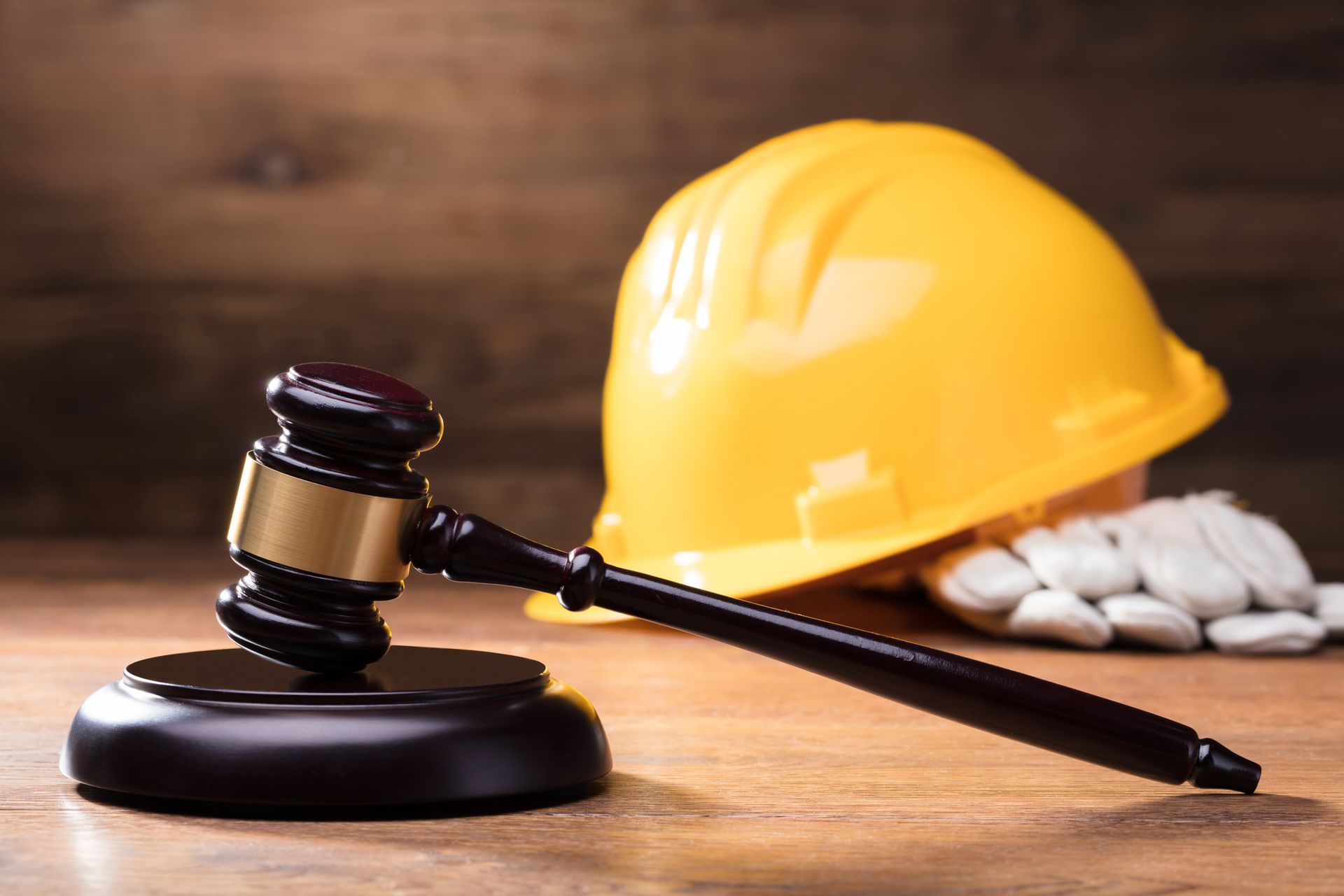
How To Let Local Government Know
Here are a few examples of pages on local government websites where you can go to report neglected or blighted properties in Pittsburgh, and a few of the surrounding boroughs:
The Demolition Process
The process of demolishing neglected properties involves several crucial steps. It is not merely about tearing down a structure; careful planning and adherence to legal and environmental guidelines are paramount to ensure the process is carried out safely and effectively.
Initial Assessment and Documentation
The first step in the demolition process is conducting a thorough assessment of the property. This involves documenting the structure's condition, determining the presence of hazardous materials such as asbestos or lead paint, and assessing any structural risks the building might pose during demolition. This stage is crucial for planning the demolition strategy and ensuring all necessary precautions are taken to mitigate risks.
During this pre-demolition stage, a municipality must identify ownership and tax status of the property, receive approval for the demolition of non-city property through court or administrative hearing, and acquire the property via tax foreclosure, spot blight eminent domain, or direct acquisition.
Obtaining Necessary Permits
Before any demolition work can commence, it is imperative to secure all necessary permits from local authorities. This process involves submitting the assessment documents and detailing the proposed demolition plan, including how the demolition will be conducted and how debris will be managed. Securing permits ensures that the demolition project complies with local zoning laws, building codes, and environmental regulations.
Pre-Demolition Preparations
Once the permits are obtained, pre-demolition preparations can begin. This stage includes setting up safety barriers around the property, notifying neighboring residents and businesses of the upcoming demolition, and arranging for utility services (water, electricity, gas) to be disconnected. If hazardous materials are present, specialized contractors may need to be employed to safely remove and dispose of these substances before demolition can proceed.
Execution of Demolition
The method of demolition selected (e.g., implosion, mechanical demolition) will depend on various factors, including the size of the building, its location, and its proximity to other structures. Regardless of the method, safety remains the top priority. The area must be securely cordoned off, and all demolition activities should be closely monitored to ensure they adhere to the outlined safety protocols. This is why it is important for local governments, as well as residents to hire a professional, licensed demolition contractor like Schaaf!
Debris Management and Site Cleanup
Following the completion of demolition, the focus shifts to debris management and site cleanup. All demolition waste must be sorted, and materials must be recycled or disposed of in accordance with environmental guidelines. The final step involves leveling the site, filling in any excavations, and preparing the land for potential future development.
The Benefits of Demolition
The demolition of neglected properties has numerous benefits, both for individuals and the community as a whole. Some key advantages include:
Improved Safety: Dilapidated structures can pose serious safety hazards, not only to their occupants but also to neighboring residents and businesses. Demolition eliminates these risks and creates a safer environment for the entire community.
Increased Property Values: Neglected properties can significantly decrease the value of surrounding properties. By demolishing these structures, property values in the area can increase, creating a more desirable and attractive neighborhood.
Revitalization of Communities: Demolition paves the way for future development, making it easier for communities to attract new businesses and residents. It also creates opportunities for green spaces, parks, and other community amenities.
Elimination of Public Health Risks: Neglected properties can be breeding grounds for pests and vermin, as well as potential health hazards due to the presence of hazardous materials. Demolition eliminates these risks and improves the overall health of the community.
Work with Schaaf Excavating Contractors Today!
The demolition of neglected properties presents a unique opportunity for community revitalization. By removing dangerous and unsightly buildings, municipalities and residents can pave the way for new developments that breathe life back into neighborhoods. Furthermore, these actions can lead to safer, more vibrant communities that attract residents and investors alike.
However, demolition is a complex process that requires meticulous planning and execution. From legal and environmental considerations to ensuring public safety, each phase must be carefully managed. This is where working with experienced professional contractors, such as Schaaf Excavating Contractors, becomes invaluable.
At Schaaf Excavating Contractors, we specialize in commercial and residential demolition services as well as excavation. We have a proven track record of successful projects. Our team is equipped with the necessary expertise, equipment, and knowledge to ensure your demolition project is carried out efficiently and safely. With our expertise, municipalities and residents can successfully navigate the demolition process, transforming neglected spaces into valuable community assets.

Author: Tim Schaaf
Owner & Founder of Schaaf Excavating Contractors.
